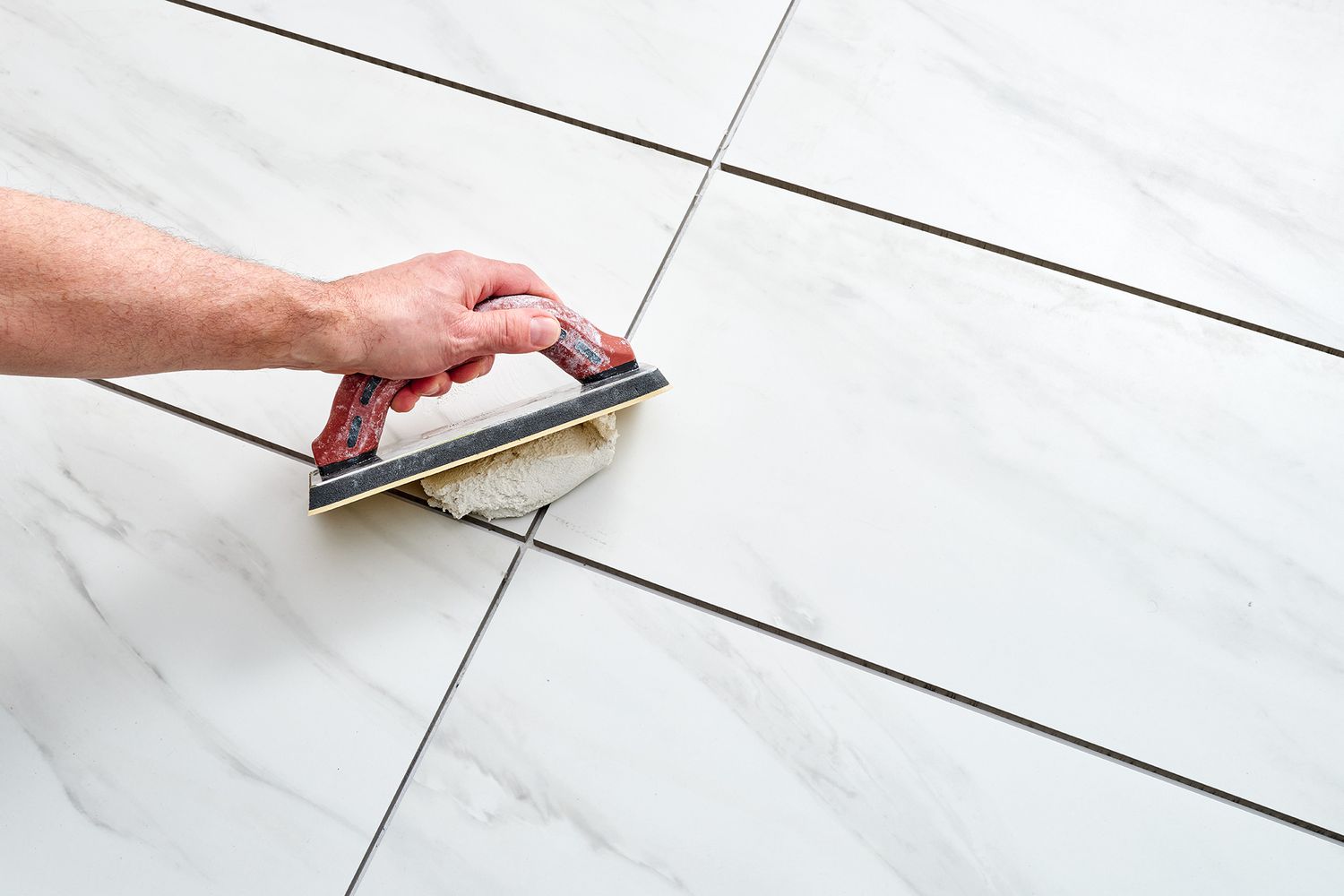If you’ve ever encountered stubborn stains or grime in your tiled surfaces that just won’t budge, you might have come across a solution in the form of epoxy grouting. But what exactly is epoxy grouting, and why is it gaining popularity in the world of construction and design? Unveiling the layers of this versatile material could hold the key to transforming the way you approach tile installations and maintenance tasks.
Advantages of Epoxy Grouting
- Epoxy grouting offers unparalleled strength, durability, and chemical resistance, making it a superior choice for various applications in construction and infrastructure projects. When considering the durability benefits of epoxy grouting, it’s essential to note that this material is highly resistant to chemicals, making it ideal for environments where traditional cementitious grouts might fail. The durability of epoxy grouting ensures long-term stability and strength, reducing the need for frequent repairs and maintenance.
- In terms of cost efficiency considerations, while epoxy grouting may have a higher upfront cost compared to traditional grouting materials, its long-term durability and resistance to wear and tear make it a cost-effective solution in the grand scheme of a project. The reduced need for repairs and replacements translates to savings in maintenance costs over the lifespan of the structure. Additionally, the superior strength of epoxy grouting can lead to increased structural integrity, potentially lowering overall construction costs by requiring less material for reinforcement.

Common Applications of Epoxy Grout
- Given the unparalleled durability and resistance to wear and tear that epoxy grouting offers, its applications in various construction and infrastructure projects are extensive and varied. Epoxy grout is commonly used for industrial flooring due to its exceptional strength and ability to withstand heavy machinery and high traffic. The seamless nature of epoxy grout also makes it suitable for areas where cleanliness and hygiene are paramount, such as food processing plants and pharmaceutical facilities.
- In the realm of residential construction, epoxy grout is a popular choice for bathroom renovation projects. Its waterproof properties make it ideal for use in wet areas like showers and bathroom floors, where traditional cementitious grout may fail over time. Epoxy grout’s resistance to stains and mold growth further enhances its appeal in bathroom settings, ensuring a long-lasting and aesthetically pleasing finish. Whether in industrial settings requiring robust flooring solutions or residential spaces demanding durable and water-resistant grouting, epoxy grout stands out as a versatile and reliable choice for a wide range of applications.
Step-by-Step Epoxy Grouting Process
- To successfully execute the epoxy grouting process, it’s crucial to meticulously prepare the substrate and mix the epoxy components according to manufacturer specifications. Begin by gathering the necessary epoxy grouting tools like a mixing paddle, rubber gloves, safety goggles, and a trowel. Clean the substrate thoroughly to remove any dirt, debris, or existing grout. Next, mix the epoxy components following the manufacturer’s instructions precisely. Ensure a thorough and uniform mix to guarantee the epoxy’s effectiveness.
- Apply the mixed epoxy grout onto the prepared substrate using proper techniques such as spreading it evenly and pressing it into the joints. Work in small sections to prevent the epoxy from hardening before completion. Once applied, use a damp sponge to clean off excess grout from the tile surface. Allow the epoxy grout to cure as directed by the manufacturer. For troubleshooting tips, if the epoxy grout starts setting too quickly, avoid using warm water for mixing and application. Additionally, if air bubbles appear in the grout, gently tap the tile surface to release them.
Key Features of Epoxy Grout
After mastering the step-by-step epoxy grouting process, understanding the key features of epoxy grout becomes essential for achieving optimal results in your tiling projects.
- Epoxy grout stands out due to its exceptional durability and resistance to stains, chemicals, and water. When considering application techniques, epoxy grout requires precise mixing and application to ensure a successful bond. It’s crucial to follow the manufacturer’s instructions meticulously to achieve the best outcomes.
- Moreover, epoxy grout offers a wide range of color options, allowing you to match or contrast with your tiles creatively. This versatility in color choices enables you to customize the look of your tiled surface to suit your design preferences.
- Remember that epoxy grout is more challenging to work with than traditional cement-based grout, but its superior performance makes it a popular choice for high-traffic areas or where moisture is a concern. By mastering its application techniques and exploring the color options available, you can elevate the quality and longevity of your tiling projects.
Maintenance Tips for Epoxy Grouted Surfaces
- For proper upkeep of surfaces grouted with epoxy, prioritize implementing a regular maintenance routine. To maintain the pristine condition of epoxy grouted surfaces, it’s essential to employ the right cleaning techniques. Regularly clean the grouted areas using a pH-neutral cleaner and a soft brush or cloth to prevent dirt buildup and maintain the grout’s appearance. Avoid using harsh chemicals or abrasive tools that may damage the epoxy grout.
- Sealing the epoxy grout is another crucial maintenance step to enhance its durability and resistance to stains and water infiltration. Consider applying a penetrating sealer specifically designed for epoxy grout to protect it from moisture and other external elements. Sealing the grout at regular intervals, as recommended by the manufacturer, will help prolong the lifespan of the grouted surfaces and maintain their overall quality.
Conclusion
In conclusion, epoxy grouting offers numerous advantages such as durability, stain resistance, and ease of maintenance. It’s commonly used in various applications such as tile installations, industrial settings, and sanitary areas. The step-by-step process involves mixing the epoxy components, applying the grout, and cleaning up excess material. With key features like high strength and chemical resistance, epoxy grout is a reliable choice for long-lasting and aesthetically pleasing surfaces. Proper maintenance is essential to ensure the longevity of epoxy grouted surfaces.